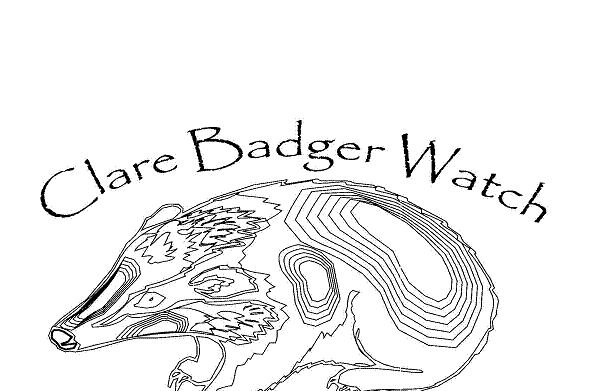MINISTER COUGHLAN COMMENTS ON THE FOUR AREA BADGER STUDY
Ms Mary Coughlan TD, Minister for Agriculture and
Food, commented today on the report on the Four Area Badger Study
that was presented to her recently by the Centre for Veterinary
Epidemiology and Risk Analysis (CVERA), UCD.
Ms Coughlan said that this scientific study, which was funded by her
Department, was carried out in four different geographical regions
in Ireland (Cork, Monaghan, Donegal and Kilkenny) over the 1997-2002
period. Its objective was to critically examine the role of badgers
as a source of T.B. infection in cattle in Ireland. In essence, the
study compared the incidence of T.B. in cattle in matched areas
where in removal areas badgers were removed in a proactive manner
and in reference areas, where badger disturbance was kept to a
minimum. It also compared disease trends in the five years preceding
the study with those observed during the study period.
The Minister said that as anticipated the study revealed that the
removal of badgers resulted in a very significant decline in the
incidence of TB in the cattle herd in the removal areas both by
comparison with the reference areas and between the pre-study and
the study period, particularly in the final two years of the latter.
For example, taking the four areas together, the total number of
confirmed herd restrictions in the removal areas for the study
period (222 cases) was almost 60% lower than for the pre study
period (537 cases). For the reference areas, there was little
difference compared with the national trend in the incidence of the
disease in the two periods.
Minister Coughlan said that this outcome confirmed the earlier
findings of the East Offaly Project that infected badgers were an
important source of tuberculosis and a significant constraint to
eradication of the disease in cattle in Ireland. However, she
pointed out that these results must be seen in the context of the
existing comprehensive range of measures already in place to control
the spread of the disease. These include mandatory annual testing
for all cattle in the national herd, the early removal of reactors,
a wildlife programme, continued monitoring of cattle movements
through the CMMS, prosecutions in respect of breaches of the various
animal disease, welfare and identification regulations and the
imposition of penalties where farmers fail to comply with animal
disease and other regulations.
Ms Coughlan confirmed that the scheme operated by her Department
already contained a significant wildlife dimension aimed at removing
badgers in adjacent areas where they are implicated in tuberculosis
breakdowns. This strategy, which had been refined in recent years,
was implemented under licence from and in co-operation with the
Department of the Environment and Local Government. Her Department
was also involved in a research project, in co-operation with UCD,
on the development of a vaccine against tuberculosis in badgers
that, if successfully developed, could facilitate the eradication of
bovine tuberculosis. However, any vaccine will not be available in
the immediate future. The Department also maintained close contacts
with others engaged in TB eradication and research at international
level.
Concluding, Minister Coughlan said that it will be necessary in the
medium term to continue with the existing comprehensive control and
eradication measures which, she said, had brought about positive
results in recent years in terms of reduced incidence of the
disease. For example, the number of reactors removed had fallen in
each of the last six years, from some 45,000 in 1998 to 28, 000 last
year, and an estimated 25,000 this year. She was confident that this
progress can be maintained into the future with the continued
operation of the existing measures and the on-going co-operation of
farmers and all involved in the livestock industry.
10 January 2005
Press Statement 11 Jan 2005
|
